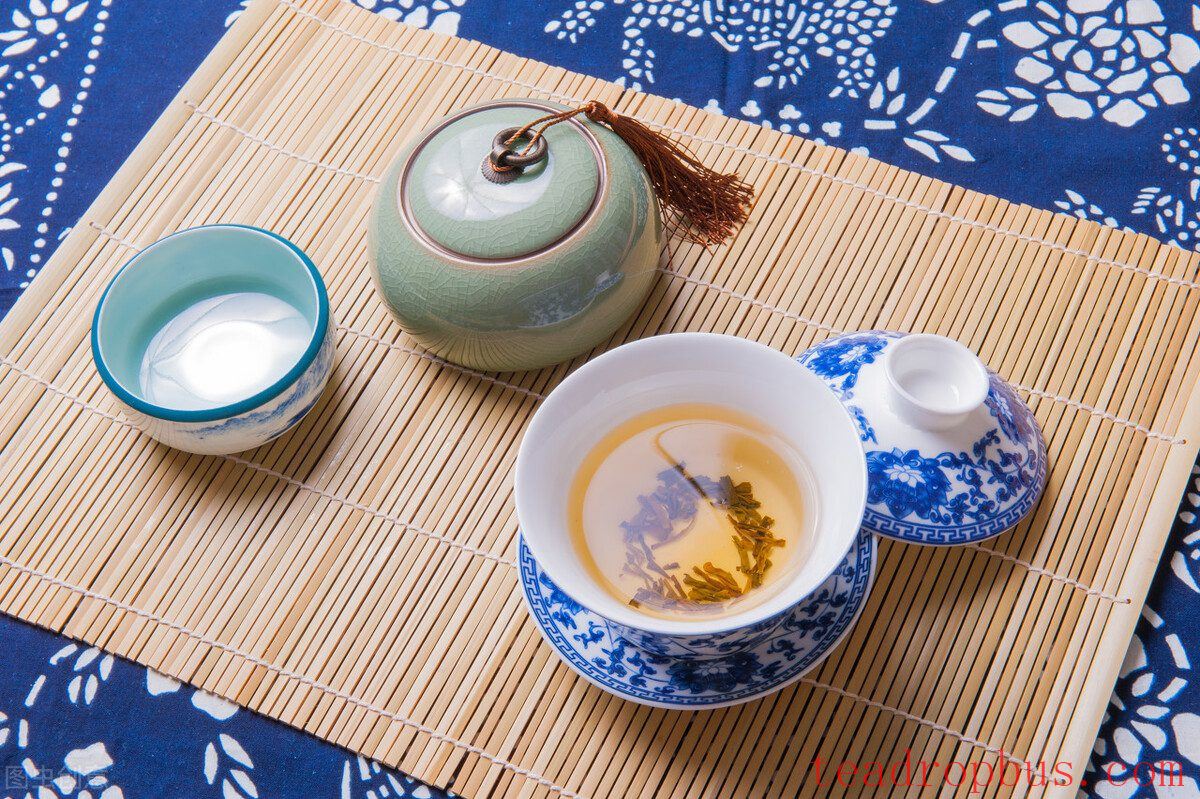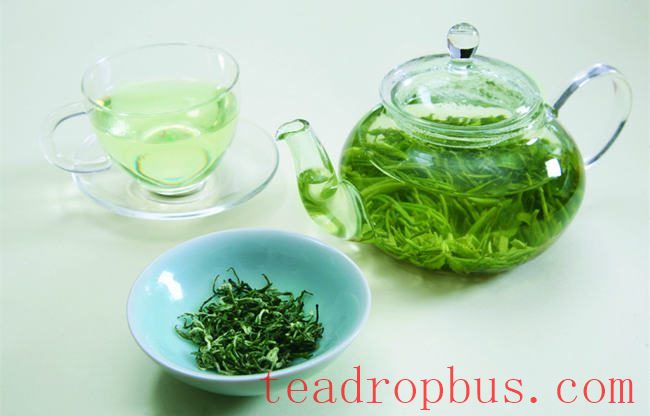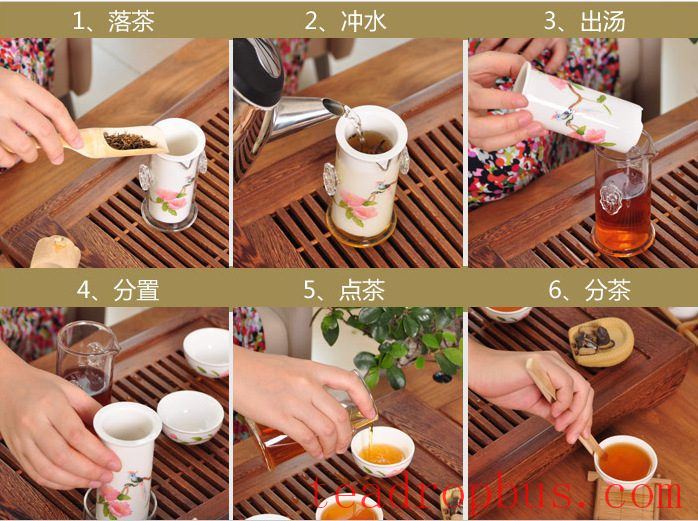Understanding Your Green Tea
Green Tea is a very healthy beverage, rich in antioxidants and other beneficial components. However, to enjoy the best flavor and health benefits of green tea, the brewing method is crucial. Different varieties of green tea require slightly different brewing techniques. Understanding your green tea will help you brew the perfect cup.

(Image source: network, delete upon request)
Selecting High-Quality Green Tea Leaves
The first step in brewing good green tea is selecting high-quality leaves. High-quality green tea leaves are usually bright green and have a fresh aroma. When purchasing, opt for well-known brands or buy from specialized tea shops. Additionally, try to choose new-season tea, as green tea has a short shelf life and can lose its fragrance and nutritional value over time.
Preparing the Necessary Utensils
Brewing green tea requires some basic utensils: a teapot, teacups, a strainer, and a tea measure. It's best to use glass or ceramic Teapots, as these materials won't affect the Taste of the tea. The tea measure is used to measure the amount of tea leaves, with about 3-5 grams of tea per cup being typical.
Water Quality and Temperature
Water quality is very important when brewing tea, and it's best to use purified or mineral water. Chlorine in tap water can affect the taste of the tea, so it's best to avoid using it. Water temperature is also critical for brewing green tea, as too high a temperature can make the tea bitter. Generally, the ideal water temperature for green tea is between 80-85 degrees Celsius. You can achieve this by boiling water and then letting it sit for about 5 minutes before brewing. If you have a thermometer, you can control the temperature more precisely.
Brewing Time
Brewing time is a key factor in determining the quality of the tea infusion. Brewing for too short a time results in a weak flavor, while brewing for too long makes the tea bitter. Generally, the brewing time for green tea is around 2-3 minutes. Different varieties may require slightly different times, but the differences are not significant.

(Image source: network, delete upon request)
Detailed Brewing Steps
1. Preheat Utensils
Warm up the teapot and teacups with hot water to better release the aroma of the tea leaves. Pour hot water into the teapot and teacups, wait for a moment, and then pour it out.
2. Add Tea Leaves
Use the tea measure to add an appropriate amount of tea leaves to the teapot, typically 3-5 grams of tea per cup. Adjust the amount according to personal taste.
3. Brew
Pour hot water at 80-85 degrees Celsius into the teapot slowly to avoid impacting the tea leaves and affecting the taste of the tea. Raise the kettle slightly when pouring water to allow the tea leaves to unfold better in the water.
4. Steep
Cover the teapot and let the tea steep for 2-3 minutes. The steeping time can be adjusted slightly according to personal taste. For a stronger tea, you can steep it longer, but do not exceed 5 minutes.

(Image source: network, delete upon request)
5. Pour Out the Tea
Use a strainer to pour the tea into the teacups, filtering out the tea leaves. This prevents the tea leaves from continuing to steep and making the tea too bitter.
Enjoying Green Tea
Now, you can slowly savor the green tea you have brewed. Smell the fragrance and taste the sweetness and freshness of the tea. Brewing tea is not just a skill, but also a pleasure in life.
Rebrewing
High-quality green tea leaves can be rebrewed multiple times, with each subsequent brewing time gradually increasing. For example, the second brewing can be 3-4 minutes, and the third brewing can be 4-5 minutes. Each brewing produces a different flavor, but the tea remains fragrant.
Storing Green Tea
To maintain the freshness and aroma of green tea, keep the following points in mind:
- Airtight Storage: Tea easily absorbs moisture and odors from the air, so store it in an airtight container.
- Shade Storage: Light accelerates the oxidation of tea, affecting its quality. Store it in a dark place.
- Cool Storage: High temperatures can cause the tea to deteriorate, affecting its taste and nutritional value. It can be refrigerated, but ensure it is sealed to prevent absorbing odors from the fridge.
Health Benefits of Green Tea
Green tea is rich in antioxidants and offers many health benefits, including:
- Boosting Immunity: The polyphenols in green tea can enhance the function of the immune system.
- Accelerating Metabolism: Green tea can help speed up metabolism, aiding in weight loss and maintaining a healthy weight.
- Protecting Cardiovascular Health: Green tea helps lower cholesterol and protect heart health.
Frequently Asked Questions
Why does my green tea have a bitter taste? This is usually due to high water temperature or excessive steeping time. Try lowering the water temperature to 80-85 degrees Celsius or reducing the steeping time.
Can I brew green tea directly with boiling water? It is not recommended, as boiling water can destroy the vitamins and aromatic compounds in the tea, resulting in a bitter taste.
How long can green tea be stored? The shelf life of green tea is generally around one year, but the best time to drink it is within six months. When storing, pay attention to airtight, shade, and cool conditions.
By brewing green tea correctly, you can enjoy a perfect cup of tea. Hopefully, these tips will help you find joy in the process of brewing tea and savor the combination of health and deliciousness.